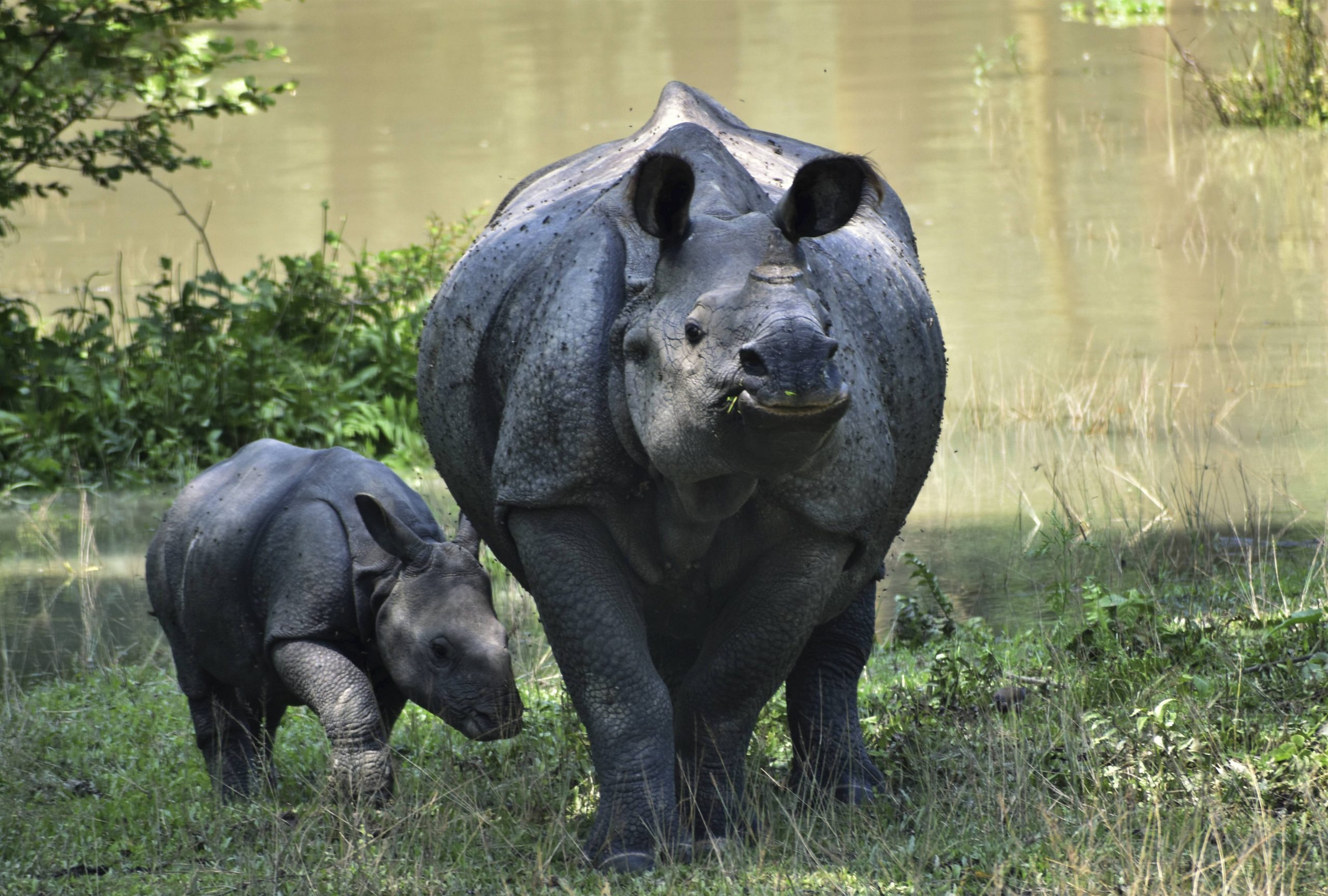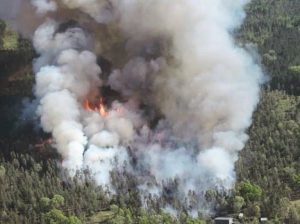Assam will observe World Rhino Day, which falls on September 22 every year, by performing a special ceremony. The ceremony involved burning nearly 2,500 rhino horns of the one-horned rhinoceros. The ceremony will take place at Assam’s Bokakhat in Kaziranga National Park (KNP) with Chief Minister Himanta Biswa Sarma and several other leaders in attendance.
The move was announced by the state Cabinet last week at the backdrop of weeks of efforts for rhino horn re-verification by the Forest Department across the state.
Ig Nobel prize: Studies on airborne rhinos, chewing gum bacteria among winners
Why burning of Rhino horns?
The public ceremony, which is being publicised as a “milestone towards rhino conservation”, is mainly aimed at busting myths about Rhino horns, especially their value at the international black market.
“The Rhino-horns burning act will be a loud and clear message to the poachers and smugglers that such items have no value for illegal activities,” said M K Yadava, Chief Wildlife Warden, Assam.
A Forest Department release noted that the demand for Rhino horns is significant in China, where it is used for medicinal purposes for a number of ailments including cancer and in Vietnam, where possession of Rhino horns is more of a status symbol. Thus, we cannot let our guard down as the threat of poachers is always there.
Also Read: Zoo bans woman after she confesses to her ‘affair’ with chimpanzee
How is burning these horns helpful?
According to Bibhab Talukdar, chairperson of the Asian Rhino Specialist Group in the International Union for the Conservation of Nature’s Asian Rhino Specialist Group, India plays a signatory role in CITES (Convention on International Trade in Endangered Species of Wild Flora and Fauna).
About the exercise, he said, “It is illegal to sell the horns in the country anyway. So instead of the horns decaying in treasuries, the decision to burn it will send a clear-cut message —that this is not medicine.”
Where are these horns coming from?
The horns that are going to be burned down in Wednesday’s exercise, have been stored in treasuries across the state over decades.
These are collected after a rhino dies, either due to natural causes or due to poaching, its horn, essentially a mass of compacted hair is taken out and is kept in the custody of the Forest Department in the state treasuries.
By August and September, the Forest Department carried out extensive horn re-verification exercises, which involved examining treasuries across seven wildlife zones (Morigaon, Manas, Mangaldai, Guwahati, Bokakhat, Nagaon and Tezpur). This lead to an examination of more than 2,500 horns.
Out of the examined horns, the majority were put aside to be destroyed in today’s exercise and 5%, which had unique characteristics, were earmarked for preservation.







